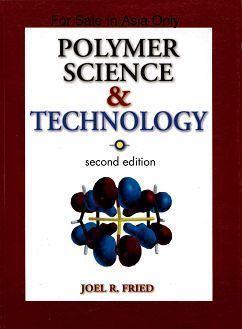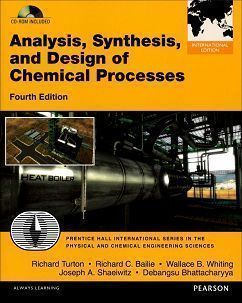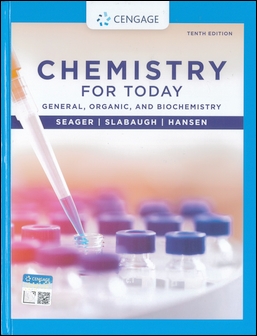書籍分類

Chemistry: Atoms First 2/e
作者:Julia Burdge, Jason Overby
原價:NT$ 1,300
ISBN:9781259252174
版次:2
年份:2015
出版商:McGraw-Hill
頁數/規格:1126頁/平裝彩色
版次:2
年份:2015
出版商:McGraw-Hill
頁數/規格:1126頁/平裝彩色
內容介紹 本書特色 目錄
- Description
The atoms first approach provides a consistent and logical method for teaching general chemistry. This approach starts with the fundamental building block of matter, the atom, and uses it as the stepping stone to understanding more complex chemistry topics. Once mastery of the nature of atoms and electrons is achieved, the formation and properties of compounds are developed. Only after the study of matter and the atom will students have sufficient background to fully engage in topics such as stoichiometry, kinetics, equilibrium, and thermodynamics. Thus, the Atoms First method empowers instructors to present the most complete and compelling story of general chemistry.
Julia Burdge is renowned for setting chemistry in interesting, relevant context; and for her engaging, conversational writing style--presenting chemistry in a way students can appreciate and understand; while satisfying instructors' requirements for rigor, accuracy, and comprehensive coverage. Jason Overby teaches general chemistry using an atoms-first approach, bringing a unique perspective and years of experience to the development of this new project. Far from a simple re-ordering of topics, this is a book that will truly meet the needs of the growing atoms-first market. Together, these authors have developed a product with the same engaging writing style, modern and descriptive artwork, sound problem-solving approach and wide range of end-of-chapter problems that customers are accustomed to with the Burdge/Chemistry product. Jason Overbya™s involvement with this project was crucial as he has been teaching with this approach for over four years which allowed Julia and Jason to create a product that fits the need for this growing market.







